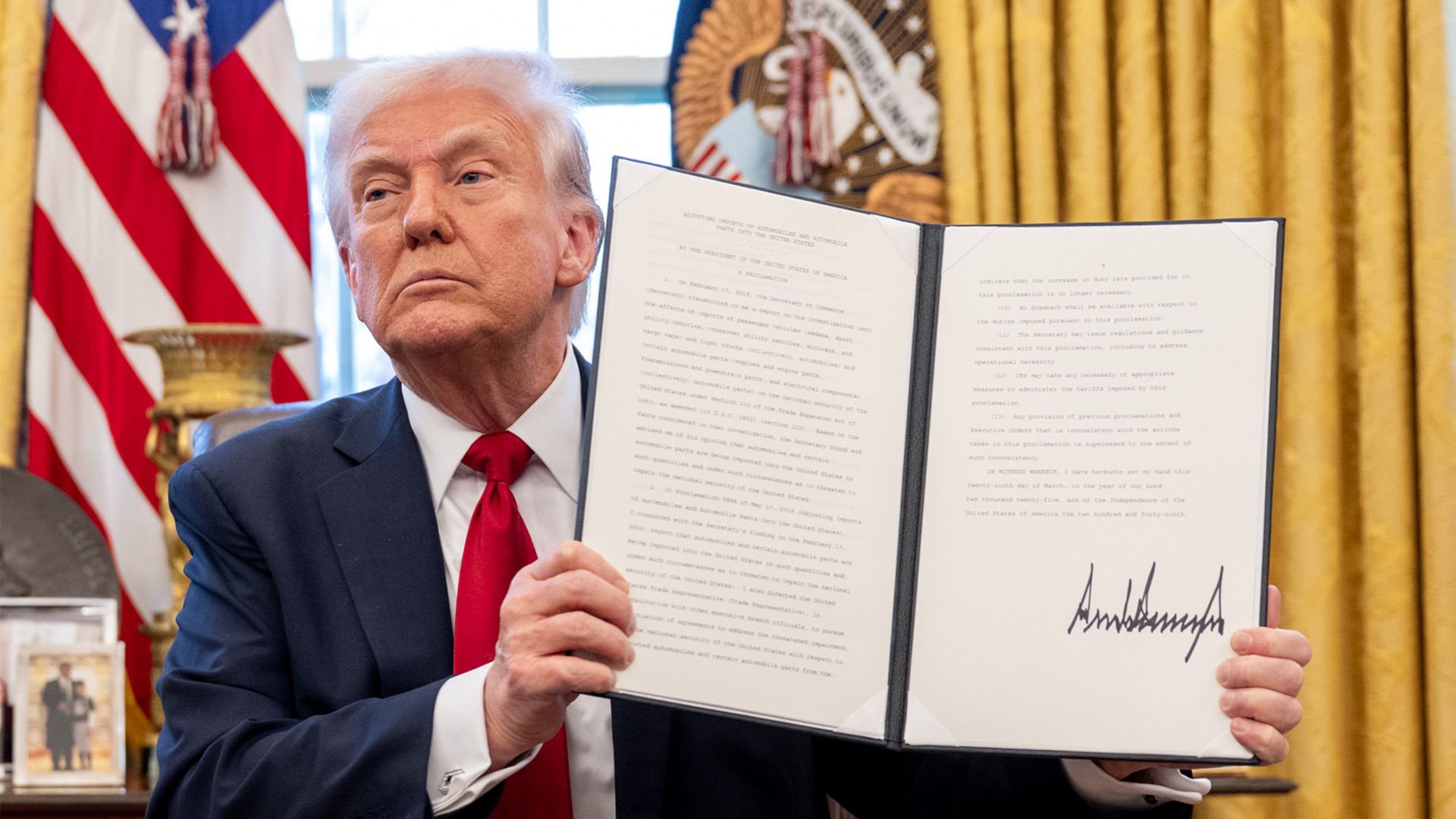The number of vehicles being repossessed has surged to levels not seen since the aftermath of the 2008 financial crisis, affecting buyers from all over the spectrum; from the Nissan Kicks to the latest supercars. This likely signals growing financial distress among Americans amid continued high interest rates and vehicle prices.
An Unwanted Throwback
Lenders repossessed approximately 1.73 million vehicles in the U.S. last year, according to a new estimate from Cox Automotive. This is up 16 percent from 2023 and a stunning 43 percent from 2022. The last time annual repossessions reached this sheer volume was in 2009. That would have been after the country dealt with the economic fallout from the subprime mortgage crisis.
It should be noted that while the total number of repossessions is up, so is the number of people with auto loans. Per Cox Automotive, 53.79 million Americans had auto loans in 2009. The overall loan base has grown by 20.65 million since then. This means while the repossession rate is 2.3 percent, the highest since 2019, it is still a full point lower than it was in 2009.
|
Year |
Repossessions (est. millions) |
Defaults |
|
2006 |
1.21 |
1,506,833 |
|
2007 |
1.42 |
1,776,691 |
|
2008 |
1.68 |
2,094,796 |
|
2009 |
1.77 |
2,216,098 |
|
2010 |
1.34 |
1,670,750 |
|
2011 |
1.06 |
2,094,769 |
|
2012 |
0.99 |
1,232,516 |
|
2013 |
1.06 |
1,329,557 |
|
2014 |
1.18 |
1,475,066 |
|
2015 |
1.24 |
1,543,982 |
|
2016 |
1.49 |
1,865,535 |
|
2017 |
1.62 |
2,029,659 |
|
2018 |
1.61 |
2,013,689 |
|
2019 |
1.70 |
2,121,173 |
|
2020 |
1.30 |
1,623,972 |
|
2021 |
1.13 |
1,445,551 |
|
2022 |
1.21 |
1,662,547 |
|
2023 |
1.49 |
2,032,992 |
|
2024 |
1.73 |
2,332,837 |
Further signs of strain are seen in delinquency rates. The percentage of borrowers with low credit scores at least 60 days late on payments reached a record high of 6.56 percent in January, according to Fitch Ratings.
These spikes come after the expiration of pandemic-era relief measures that had temporarily kept repossession rates at bay. With these protections now ended, and inflation climbing, many have found it increasingly difficult to keep up with their car payments.

Related
The Only Sub-$20K Car Left In America
With car prices rising as the years roll on, there is just one car that costs less than $20,000 left in the US.
A Lack Of Affordable Options
Compounding the issue is the lack of affordable new cars – either from such vehicles being discontinued or price increases – and loans remaining high. Cox Automotive reported the average interest rate for a new vehicle loan inched up to 10.16 percent in February, the highest in four months.
This is stretching families’ budgets even further, with the average monthly car payment now a stunning $748. That number could climb even higher, with new tariffs possibly increasing prices by 20 percent.

Related
Trump Unveils New 25% Tariffs On Imported Cars And Parts, UAW Voices Support
New 25% auto tariffs stoke industry fears of price hikes, but the UAW is applauding potential job gains.
A recent survey by the Federal Reserve Bank of New York found access to credit is shrinking and shoppers are concerned about the economy. It indicated consumer expectations for long-term inflation hitting levels not seen in decades. This uncertainty is impacting prospective car buyers.
“Consumers are still spending, but you can see hesitancy creeping in, especially when it comes to big-ticket purchases,” Amias Gerety, a partner at QED Investors, told PYMNTS.
Sources: Cox Automotive via Bloomberg, PYMTS
#Car #Repossessions #Levels #Global #Economy #Tanked


